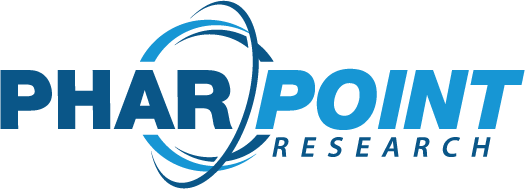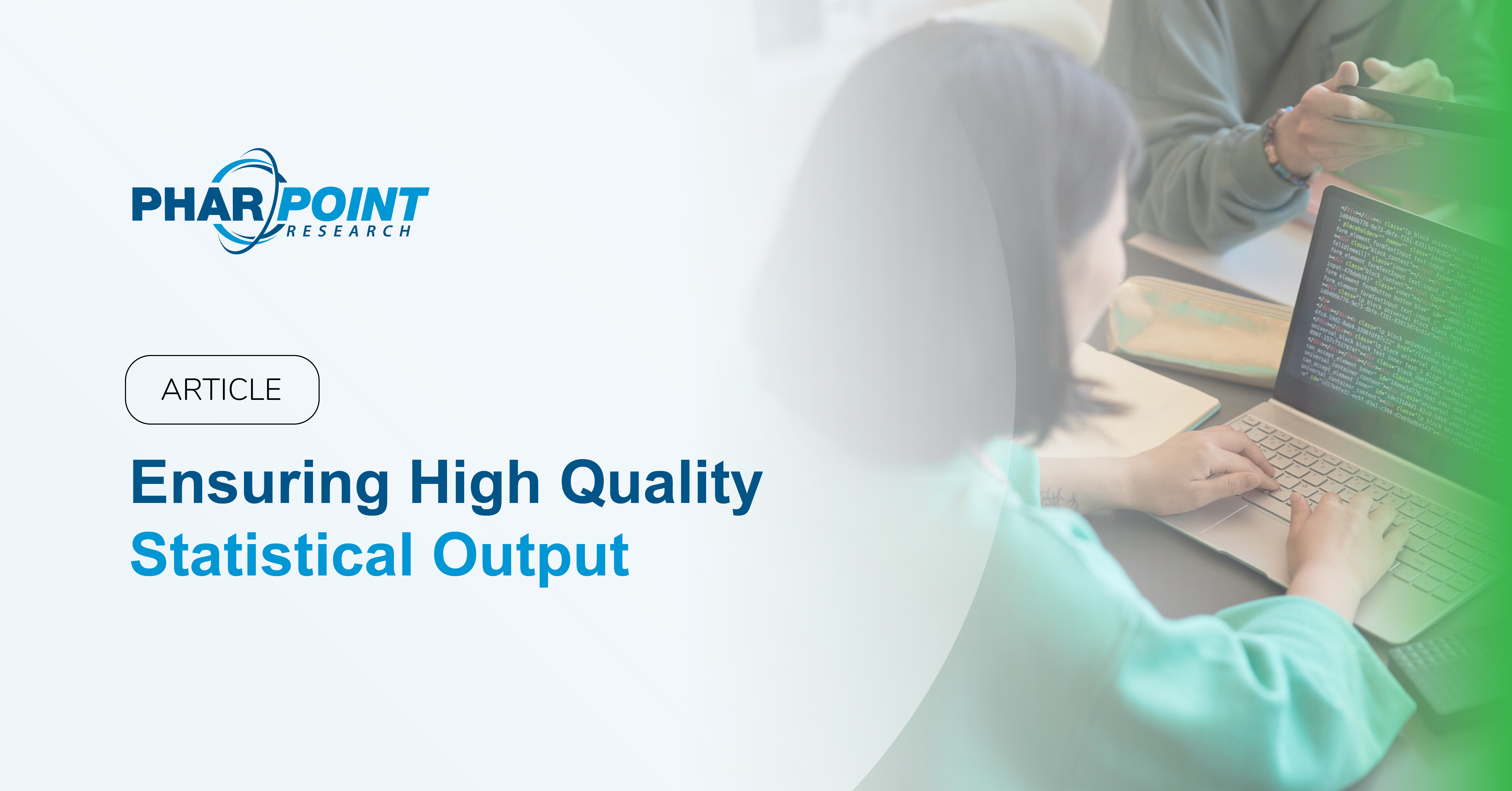Quality Statistical Output Begins with Team Selection and Kick-off
When a project is awarded, our managers collaborate both within and across functional areas to identify the best leads and team members suited for a project. Once a team has been selected, a kick-off meeting is scheduled. This brings together team members of contracted services.
An effective kick-off meeting
At kick-off, discussions should include:
Study team selection
Considerations for selecting a study team should include:
- A team member’s previous experience with a client
- Therapeutic area of the project
- Phase of the project
Key Components for Statistical Programming
Once a project moves to the programming phase, PharPoint’s process ensures top quality output.
One of our key components for statistical programming is the use of custom programming. Custom programming allows for the ultimate flexibility. Other CROs often instead rely on rigid tools or macros to create outputs from a pre-set library of templates.
Independent programming is our preferred and most widely used method of verifying statistical output. With independent programming, one programmer, who’s referred to as the production programmer, creates the dataset or output based on the study documents and specifications.
Separately, another programmer, referred to as the validation programmer, is given the same documents and asked to programmatically recreate the results.
That validation programmer then compares the results from the original output using an electronic comparison procedure, while also visually inspecting the output. The two programmers work together to resolve any differences between the two results. Once all differences are resolved, the results are considered independently verified by double programming.
As an extra level of validation, if a study is contracted to map the raw data into SDTM (or study data tabulation model), then any production analysis datasets that are produced are programmed off the SDTM datasets.
On the validation side, the analysis dataset is programmed from the raw data. This allows us to provide an extra level of quality control to confirm that the data, and therefore the results, are not being altered when they’re being mapped into SDTM.
This same process would be use anytime SDTM is used for an output as well. This is a unique part of PharPoint’s process, and we feel it is important to ensure the quality of the outputs and the results.
Review for Completeness & Accuracy
Once the data is final and the statistical outputs are complete (which means they’ve already been independently verified), the study statistician then reviews for completeness and accuracy.
The goal of the review is to ensure that the outputs are consistent and that they make sense with the data that’s been provided. This is also used as a means to identify any potential data issues to provide back to data management, and also to confirm that the outputs are in line with the SAP. Most importantly we want to ensure the quality of the outputs.


